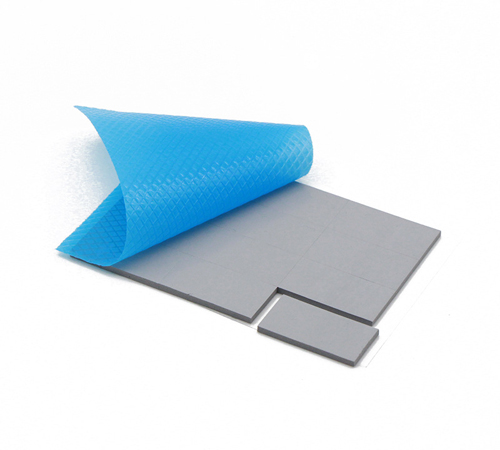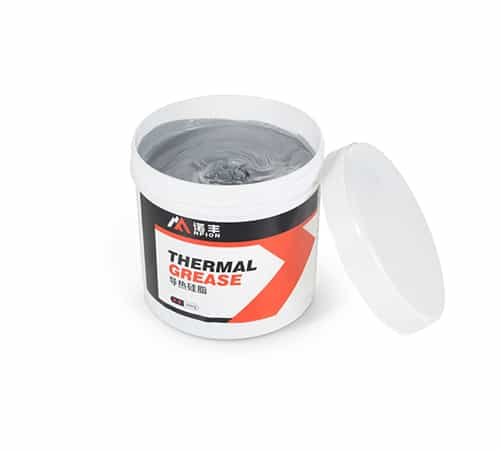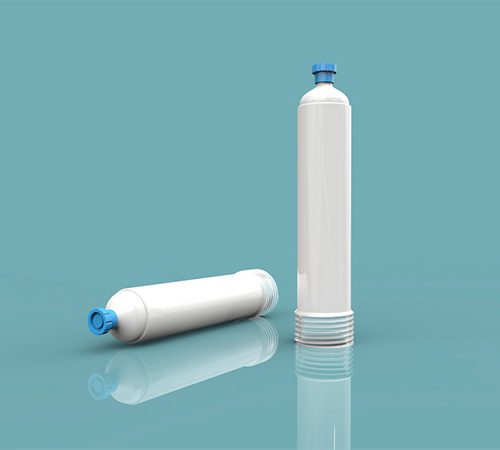Heat flux is a key concept in thermodynamics and heat transfer, widely applied in engineering, physics, and environmental science. Understanding heat flux aids in analyzing heat energy transfer in systems and provides solutions for practical engineering problems like building insulation, electronic device cooling, and energy balance in earth sciences. This article will explore the definition, physical significance, and calculation methods of heat flux, discuss the relationship between heat flux and thermal conductivity, and introduce the application of Newton's law of cooling in convective heat exchange.
Definition and Calculation of Heat Flux
Definition
Heat flux, commonly denoted asq, is the rate of heat energy transfer through a unit area per unit time, measured in watts per square meter (W/m²). It describes the rate at which heat energy is transferred through a specific surface over a given time.
Fourier's Law and Heat Flux Formula
The calculation of heat flux is typically based on Fourier's Law, which describes the fundamental principles of heat conduction. In one-dimensional conduction, Fourier's Law is expressed as:
q = -k*dT/dx
Where:
● q is the heat flux (W/m²).
● k is the thermal conductivity of the material (W/m·K).
● dT/dx is the temperature gradient (K/m), indicating the rate of temperature change with distance.
The negative sign indicates that heat flows from higher to lower temperatures.
In multidimensional space, Fourier's Law can be extended to vector form:
q= -k*∇T
Where q is the heat flux vector and ∇T is the temperature gradient vector, representing the rate of temperature change in all spatial directions.
Relationship Between Heat Flux and Thermal Conductivity
Thermal conductivity, denoted as k and measured in watts per meter per kelvin (W/m*K), is an important parameter describing a material's ability to conduct heat. The magnitude of thermal conductivity reflects the efficiency of heat energy transfer through the material. According to Fourier's Law:
q = -k*dT/dx
This shows that heat flux q is directly proportional to thermal conductivity k. With the same temperature gradient, a higher thermal conductivity results in a higher heat flux, indicating that materials with high thermal conductivity (like metals) transfer heat more efficiently, while materials with low thermal conductivity (like insulators) impede heat transfer. Thermal conductivity depends on the material properties and varies with temperature.
Newton's Law of Cooling and Convective Heat Exchange
In addition to conduction, heat can also be transferred through convection. Newton's Law of Cooling describes the heat flux in convective heat exchange:
q = h (Ts - T∞)
Where:
● q is the heat flux (W/m²).
● h is the convective heat transfer coefficient (W/m²·K).
● Ts is the temperature of the object's surface (K or ℃).
● T∞ is the temperature of the surrounding fluid far from the surface (K or ℃).
Newton's Law of Cooling states that the heat flux q is proportional to the temperature difference between the object's surface Ts and the fluid T∞, with the proportionality constant being the convective heat transfer coefficient h. The value of h depends on the fluid properties, flow conditions, and surface characteristics.
Applications of Heat Flux
Applications in Engineering
In engineering practice, calculating and controlling heat flux is crucial. For example, in building engineering, controlling heat flux can improve the energy efficiency of buildings and reduce energy consumption. By calculating the thermal conductivity of building materials and the temperature gradient under actual usage conditions, efficient insulation systems can be designed.
Applications in Electronic Devices
In electronic devices, heat flux management is also an important issue. Electronic components generate significant heat during operation, which, if not effectively dissipated, can cause overheating and failure. By analyzing the heat flux on the components' surfaces, engineers can design more effective cooling mechanisms such as heat pipes, heat sinks, and fans.
Applications in Earth Sciences
In earth sciences, studying heat flux helps understand the processes of heat energy transfer within and on the surface of the Earth. For instance, measuring the heat flux at the Earth's surface can infer the distribution of underground heat sources, aiding geologists in understanding geological structures and volcanic activity.
Calculation Examples
Example 1: Simple One-Dimensional Conduction
Assume a metal rod has temperatures of T1 = 100℃and T2 = 0℃at its ends, with a length L = 1 meter and thermal conductivity k = 50W/m·K. We can calculate the heat flux in the rod.
According to Fourier's Law:
q = -k*dT/dx = -k(T2 - T1)/L= -50 *(0 - 100)/1 = 5000 W/m²
Example 2: Multidimensional Heat Conduction
Assume a temperature field in a two-dimensional plane is T(x, y) = 100 - x - y, and the material's thermal conductivity is k = 10 W/m·K. We can calculate the heat flux at point (1,1).
First, calculate the temperature gradient:
∇T =( ∂T/∂x,∂T/∂y) = (-1, -1)
Then apply Fourier's Law in multidimensional form:
q= -k∇T = -10*(-1, -1) = (10, 10)W/m²
So, the heat flux vector at point (1,1) is (10, 10) W/m².
Example 3: Convective Heat Exchange
Assume a metal plate has a surface temperature Ts = 80℃, with the surrounding air temperature T∞ = 25℃ and a convective heat transfer coefficient h = 15 W/m²*K. We can calculate the heat flux on the metal plate surface.
According to Newton's Law of Cooling:
q = h (Ts - T∞) = 15 *(80 - 25) = 825W/m²
Conclusion
Heat flux is an important parameter for describing the rate of heat energy transfer, with broad applications in scientific research and engineering. Through Fourier's Law and its multidimensional extension, heat flux can be accurately calculated, facilitating effective analysis and control of heat transfer processes. Thermal conductivity plays a crucial role in determining heat flux efficiency, and Newton's Law of Cooling is essential for understanding and calculating heat flux in convective conditions. Mastering the calculation methods for heat flux not only aids in theoretical research but also provides scientific basis for solving practical problems, promoting technological advancements and energy conservation.
 CN >
CN >



